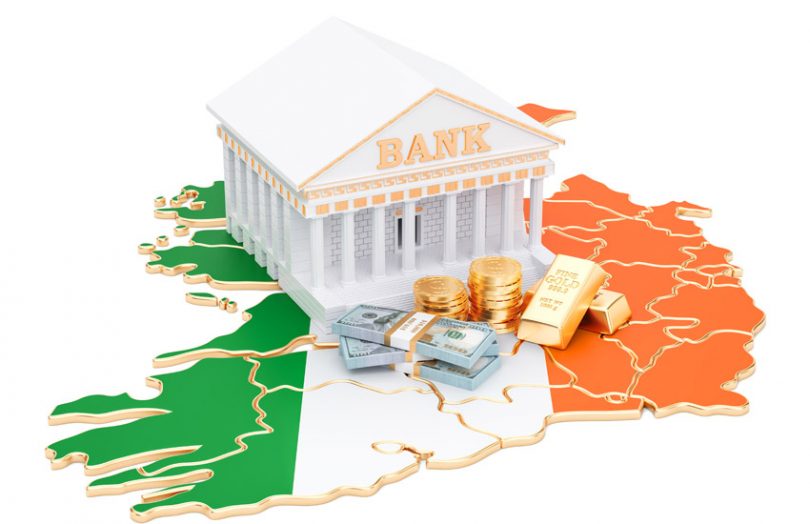In a blog posted yesterday, the Central Bank of Ireland’s Governor Gabriel Makhlouf shared his thoughts on the promise of a digital euro, stating that the European Central Bank’s rollout of a central bank digital currency (CBDC) is inevitable. Europe has not yet made an official decision on a digital euro. Only a two-year research project has been approved.
“In my view, it’s not a question of ‘if’ but rather ‘how and when’. To be clear, cash won’t disappear; a digital euro will complement it,” he wrote.
To give context to the concept of a CBDC, the governor outlined other types of digital currencies. Writing about “cryptocurrencies,” Makhlouf was rather pessimistic, viewing the term as an “unhelpful and misleading descriptor” because the word “currency” encourages a comparison to actual money, when this is not the case.
He cited their anonymity, which allows for money laundering and criminal activity, and energy consumption as key drawbacks. “As things stand today, the negatives surrounding crypto far outweigh any benefits,” he wrote.
Stablecoins, on the other hand, could be useful from a payments perspective and could act as a medium of exchange because they are backed at a fixed rate by conventional currencies.
According to the Governor, the financial landscape for the euro area is changing and money needs to continue to be a public good whilst also being responsive to a decrease in cash usage and increased digitalization.
“The introduction of a digital euro would represent a fundamental shift in the financial architecture of the euro area,” wrote Makhlouf.
Meanwhile, there’s been much discussion across Europe regarding a CBDC. This week, UK Chancellor Rishi Sunak confirmed in a Linkedin post that a potential CBDC “Britcoin” would coexist alongside cash. Estonia’s central bank Eesti Pank has also published the results of a research project into the technical possibilities for a digital euro.






